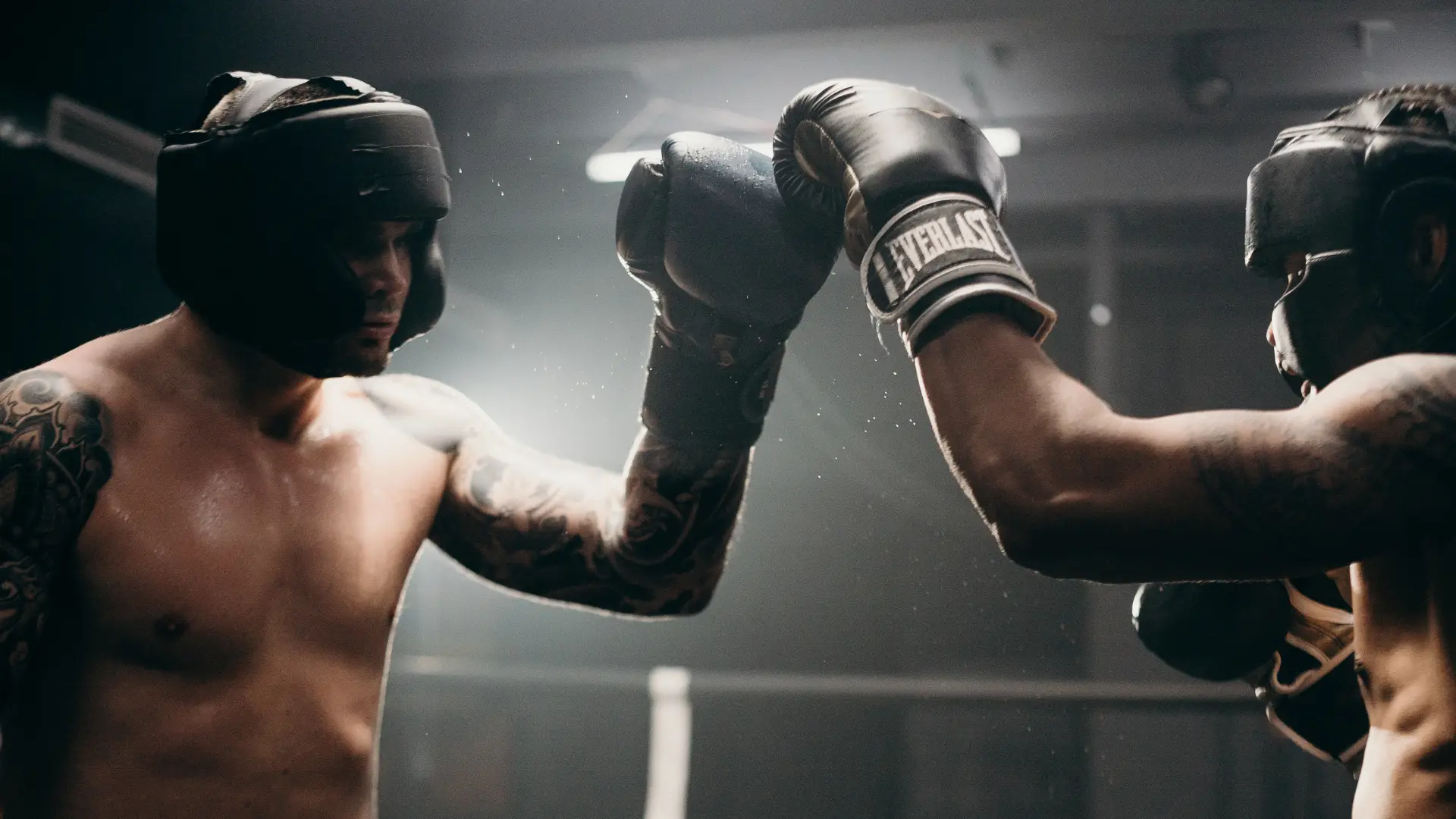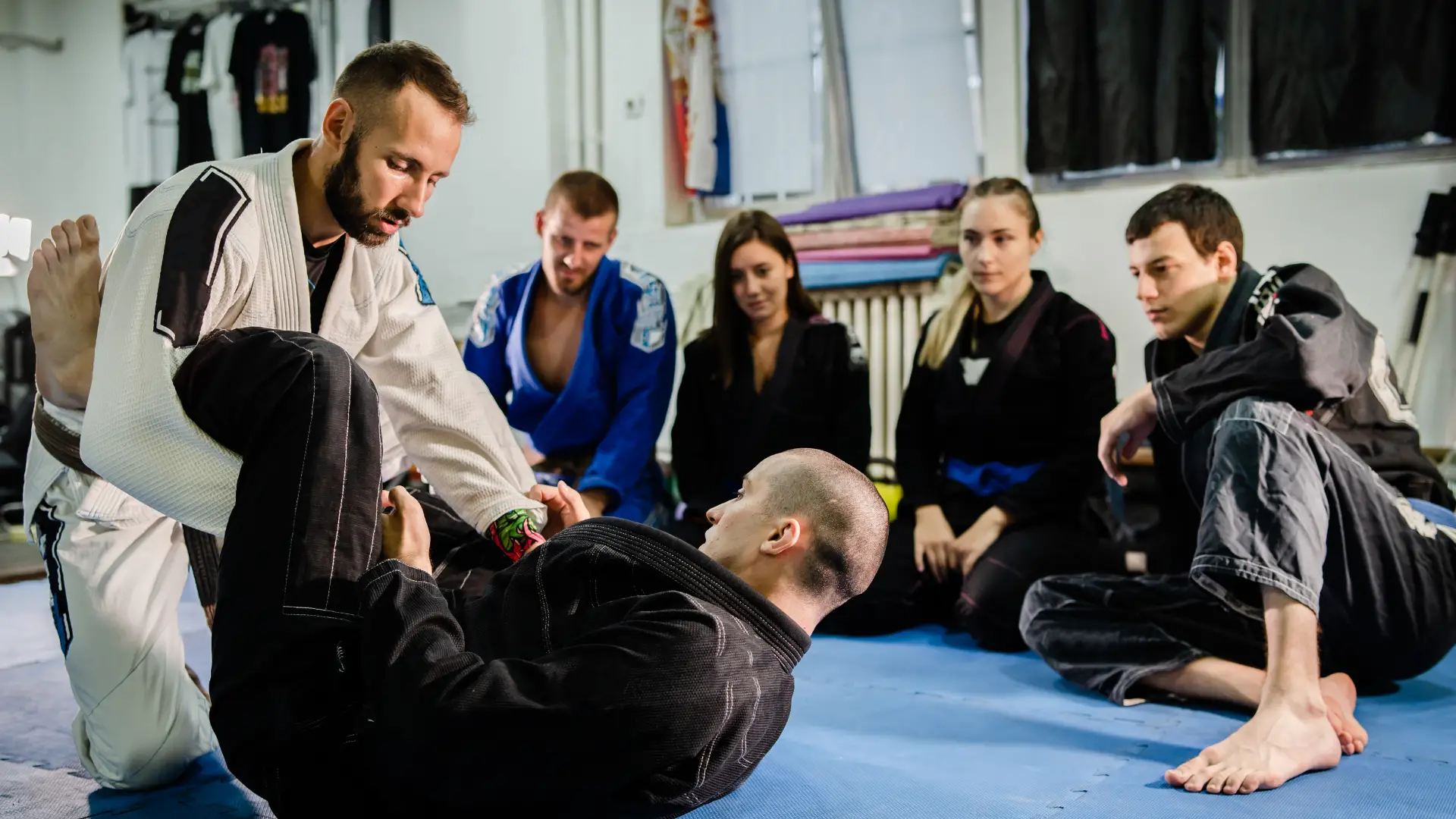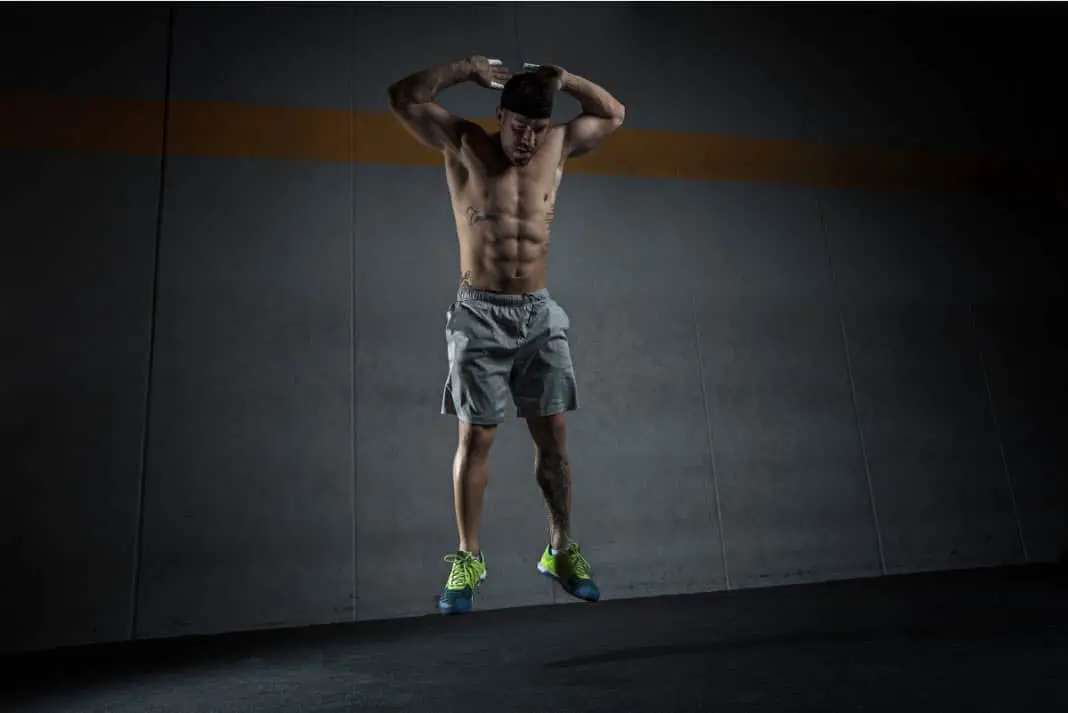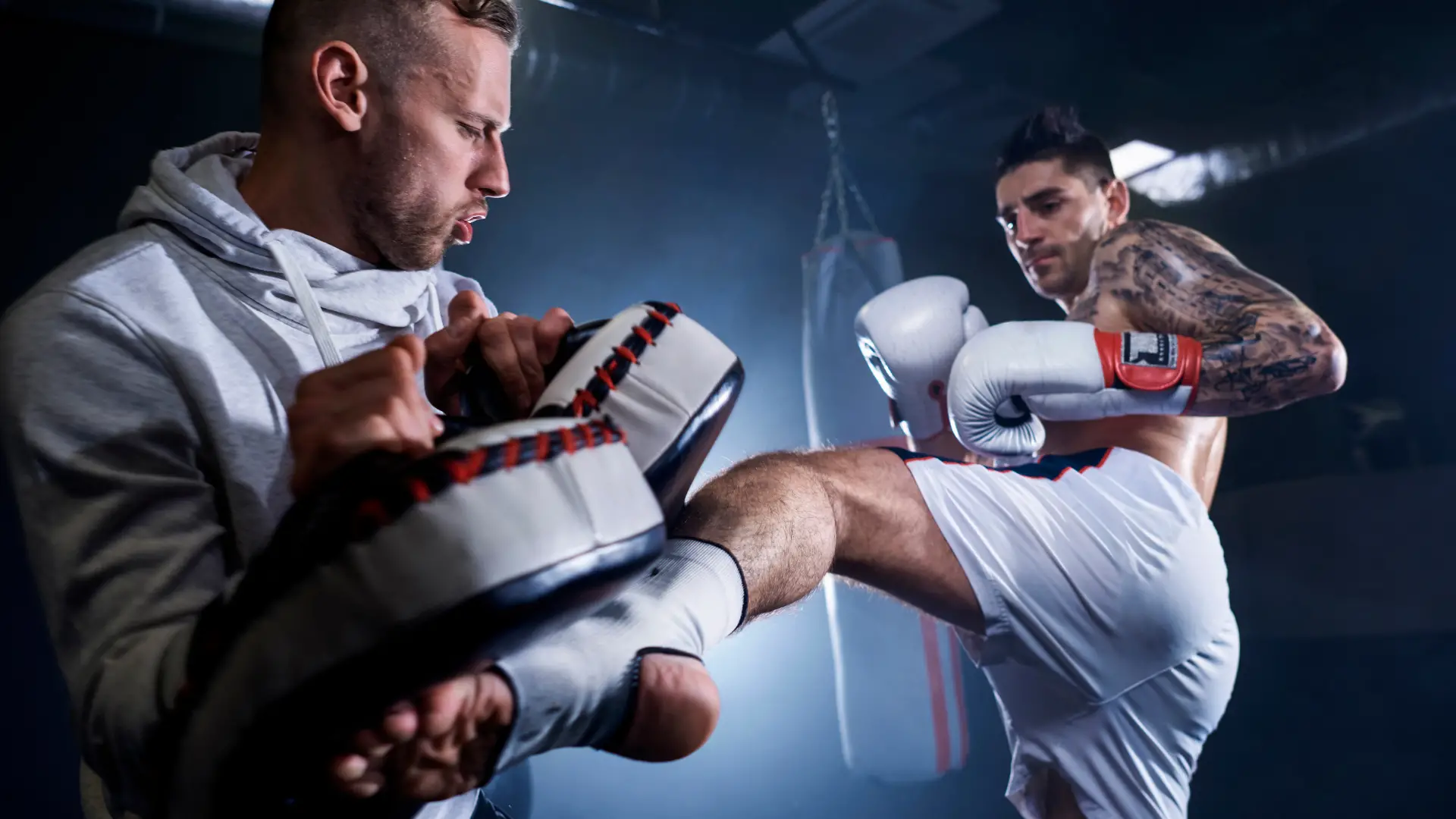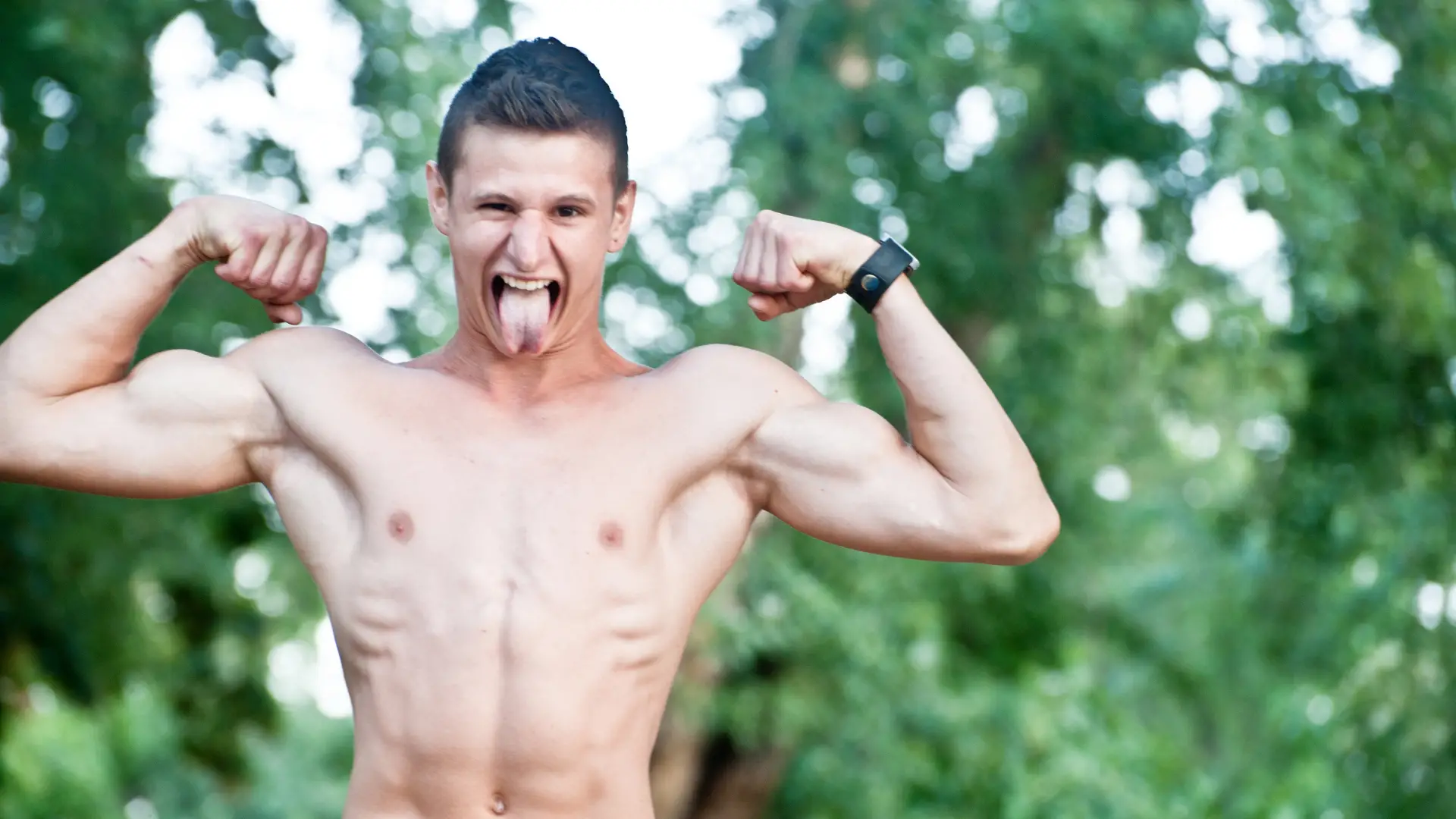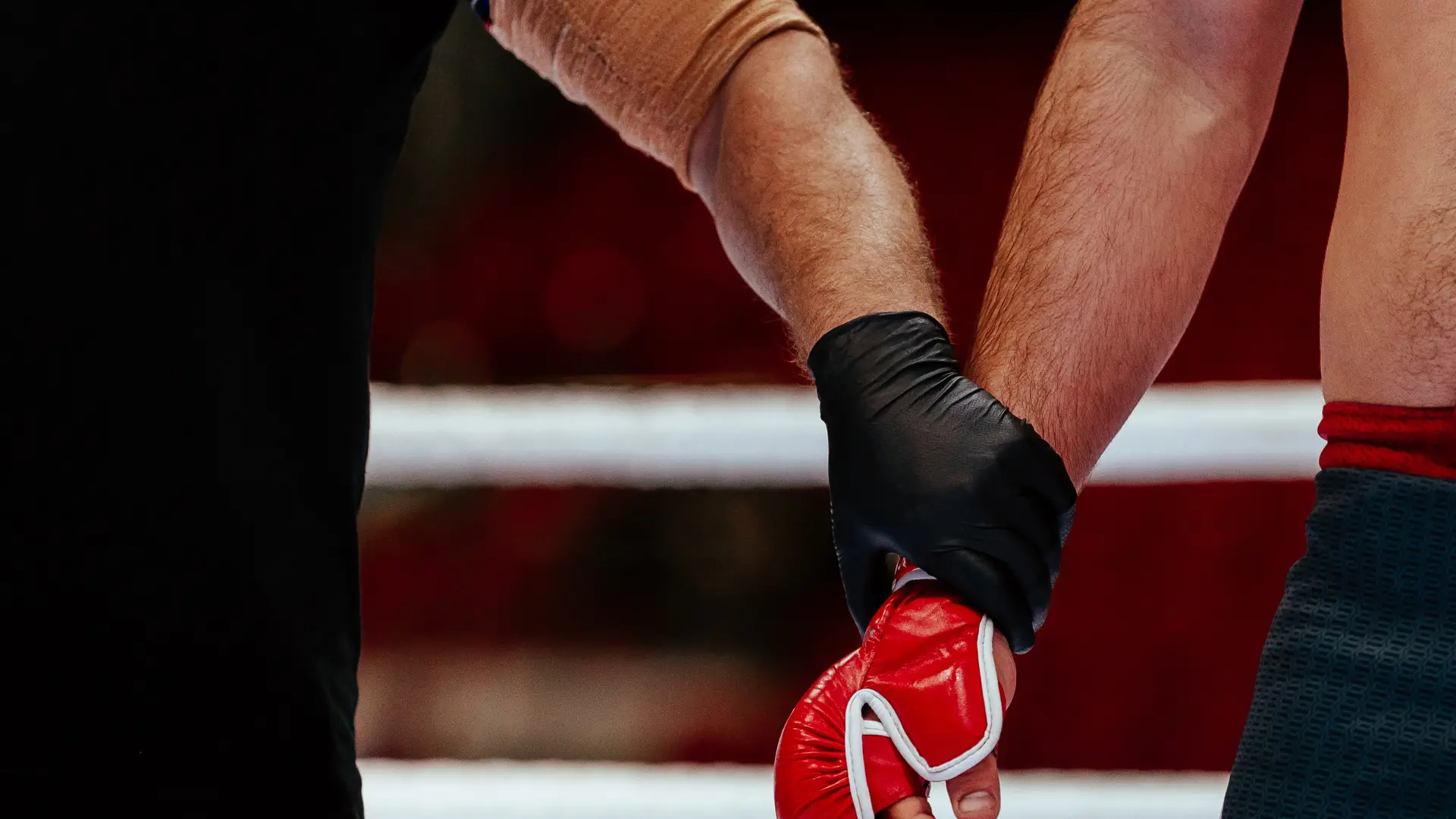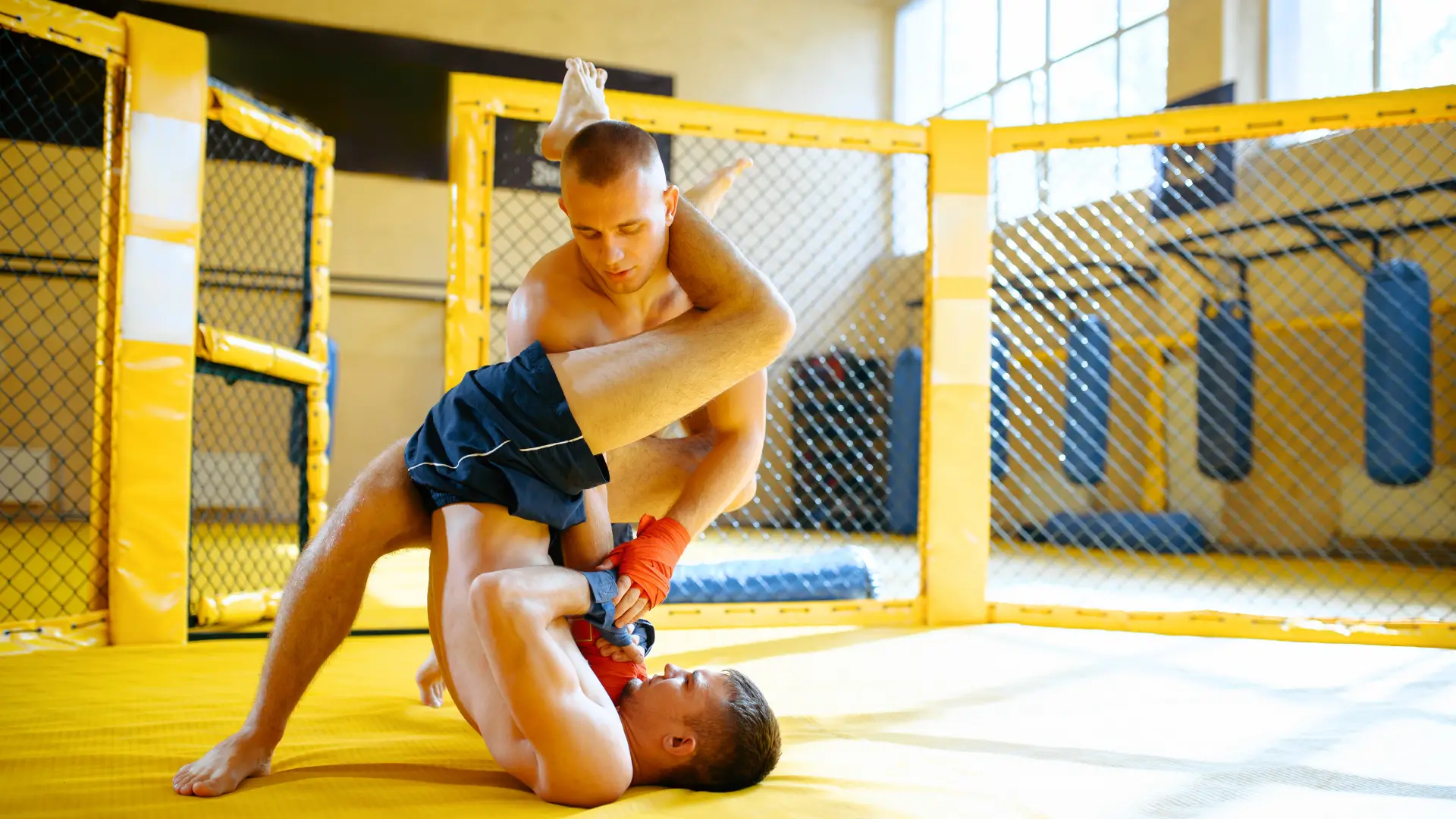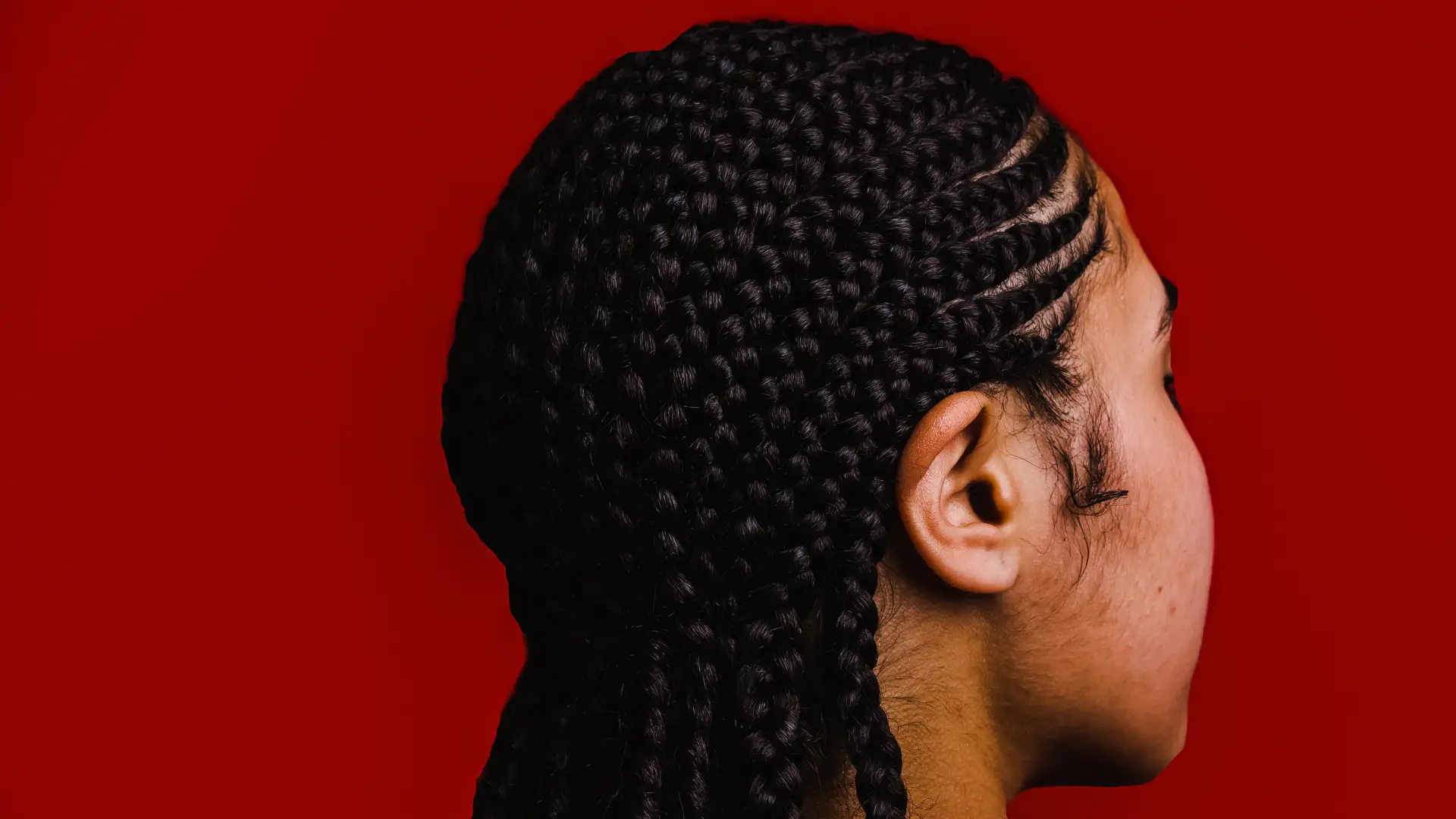If you’ve ever been to an MMA event, you’re probably aware of the tradition of fighters touching gloves at the start of and sometimes during a fight. This signature display is one of the fundamental principles of MMA, and if you’re new to the sport, you may be wondering what the purpose of the act is. So, why do MMA fighters touch gloves?
MMA fighters touch gloves as a show of sportsmanship, respect, and honor. Touching gloves before a fight is the most common way for two fighters to show respect to one another in this sport. It’s basically a silent good luck gesture that transcends verbal communication altogether, and it can be seen as both an act of friendship or guile, depending on who you ask.
This article will take a more in-depth look at glove touches in MMA and the school of thought behind it.

